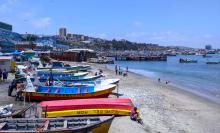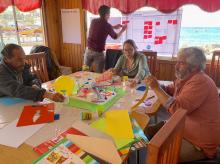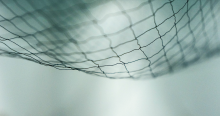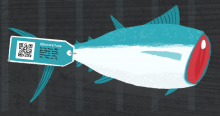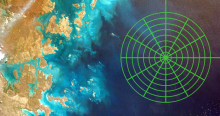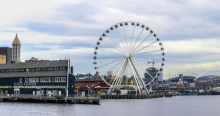sustainable seafood
Billions of people depend on fish as a critical source of protein. From lobster divers in Belize to handline mahi-mahi fishers in Peru, communities around the world feed themselves and make a living from the fish they pull from the ocean every day. But these livelihoods are under threat. Climate change is already wrecking havoc for coastal communities in developing countries, with rising seas damaging dockside infrastructure and warming waters driving away traditional fish stocks. The result is loss of income, food, and in many cases, cultural heritage.
Tags
Peruvian cuisine is synonymous with seafood. From ceviche to arroz con mariscos to grilled octopus, seafood is one area where local ingredients—and chefs—truly shine. What may come as a surprise is that despite the deep love of seafood, sustainable and traceable seafood movements are still very nascent in Peru.
Tags
During the months of October and November, we helped to create the space for co-design to occur, and with our partners we conducted 7 workshops across 4 caletas. These were spaces where we rolled out the red carpet for creativity and innovation, and allowed thinking, idea development, and business plan skeletons to emerge: all approaches or ways to improve aspects of the sustainability of the fisheries (mainly hake) that members of the syndicates are embedded in.
Tags
Each year, fishermen around the world throw back more than seven million tons of unwanted sea life. This “bycatch” includes everything from whales and dolphins to turtles to too-small juvenile fish, and once they’re pulled up in a net, many are injured or die before they can be released. This is the collateral damage of the fishing industry.
Tags
We know them from grocery store checkouts—barcodes and QR codes are ubiquitous on retail shelves. What if that same technology could help us trace our fish? From seafood suppliers and producers to retailers and chefs, the power of technology to promote traceability and storytelling is catching on.
Tags
In part 2 of our 4-part series on how technology can help save the seas (with a little help), we turn our attention to innovations in regulation and enforcement. It might not sound exciting, but these companies are using satellites, aerial mapping, and drones to help fight overfishing and exploitation of the oceans.
Tags
Snapchat, instagram, remote-controlled drones. Technology is speeding along faster than we can install the latest iPhone update. And with so much time, energy, and money pouring into tech, we’re excited to see new innovations that can help our oceans as well.
Tags
How do oysters reproduce? Answers to this and other salty questions of the sea.
Tags
Join us in Seattle for a week of events that celebrate fish and sustainability
Tags


